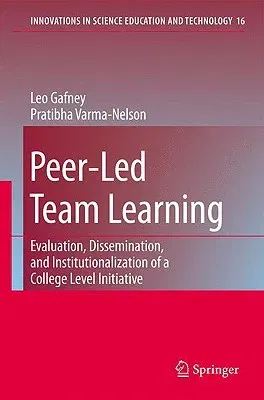Leo Gafney
(Author)Peer-Led Team Learning: Evaluation, Dissemination, and Institutionalization of a College Level Initiative (2008)Hardcover - 2008, 21 July 2008

Qty
1
Turbo
Ships in 2 - 3 days
In Stock
Free Delivery
Cash on Delivery
15 Days
Free Returns
Secure Checkout

Part of Series
Innovations in Science Education and Technology
Print Length
156 pages
Language
English
Publisher
Springer
Date Published
21 Jul 2008
ISBN-10
1402061854
ISBN-13
9781402061851
Description
Product Details
Authors:
Book Edition:
2008
Book Format:
Hardcover
Country of Origin:
NL
Date Published:
21 July 2008
Dimensions:
23.39 x
15.6 x
1.12 cm
ISBN-10:
1402061854
ISBN-13:
9781402061851
Language:
English
Location:
Dordrecht
Pages:
156
Publisher:
Weight:
412.77 gm